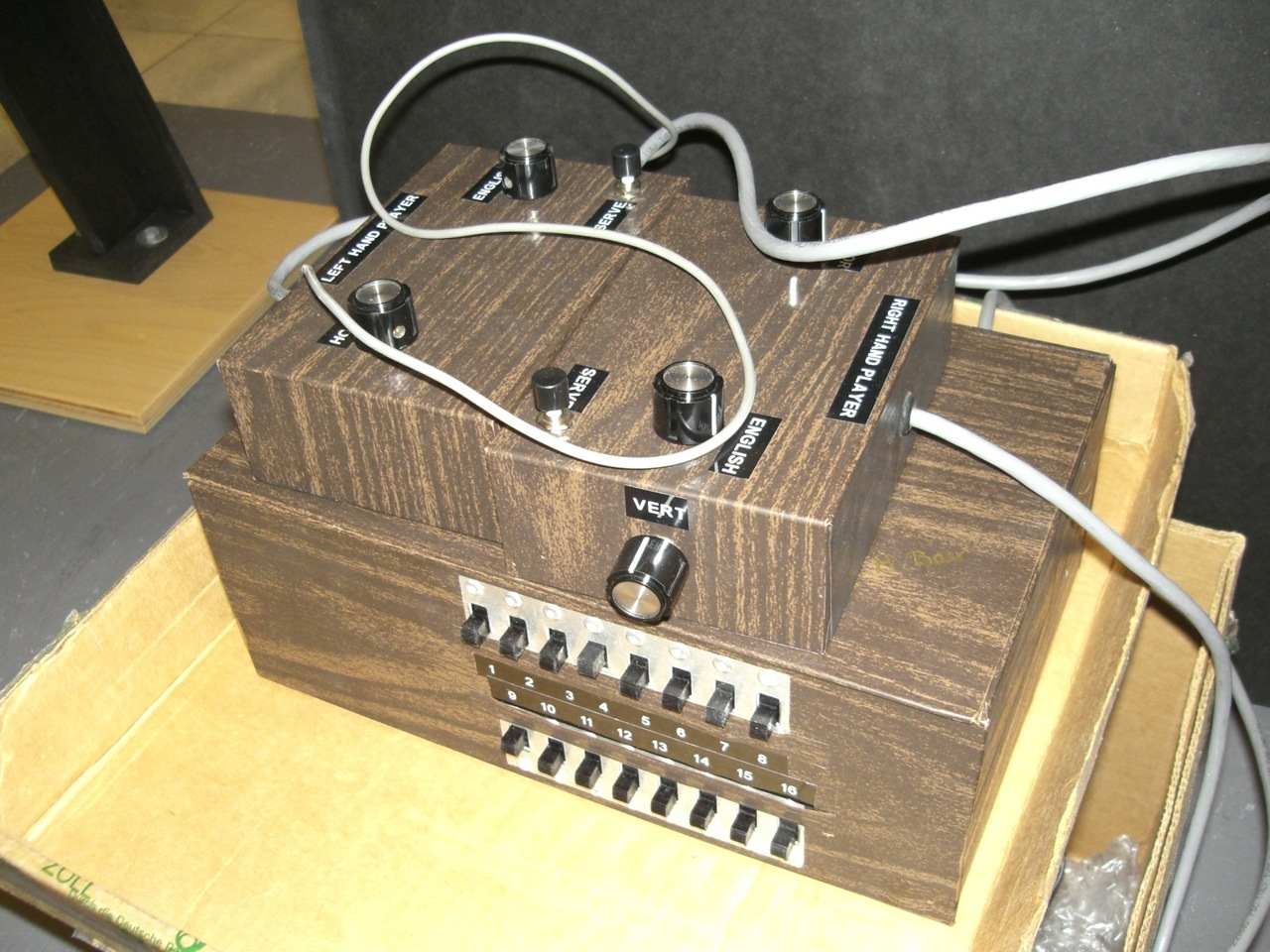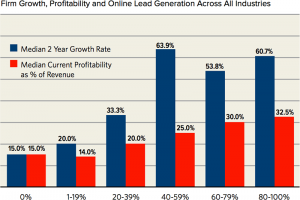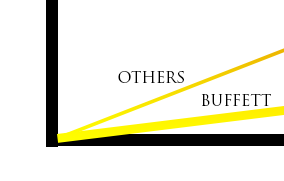
Business founders really need to know about something called the Minimum Viable Product, or MVP for short. MVPs are not finished products. MVPs represent a kind of semi-functional product or mockup to demonstrate concepts and features to test your assumptions with customers.
Why You Need A Minimally Viable Product
Instead of building a completely finished product (which takes a lot of time and money), experts like Steve Blank recommend leaving the comfort of your office with your computer and build a series of MVPs to test pieces of the product incrementally and iteratively. The concept of “build it and they will come” is very bad advice.
When it comes to developing MVPs you want to both validate your overall idea or concept to see if others will exchange money for it and also to validate each of the key features before you invest time and energy engineering the final product.
Validate Your Concept With An MVP
The first step is trying to understand whether the type of solution you’re building- not the specific product you envision, but rather the general concept of the solution- solves their perceived problem or satisfies their need.
When starting a new business, first you need to find the answer to one very basic question:
Does the problem or need that you think your customers have actually exist?
Just because you believe in your solution does not mean you will find others who have the problem or the need as well.
When you try to test a customer’s response to a potential solution, using mockups, wireframes, or clay prototypes of just a general idea often elicits feedback a lot quicker and better than just using a verbal description of your offering. The use of MVPs is to accelerate your learning and to prevent you from spending time and money on solutions and features that your customers do not value.
Let’s say that you love Mediterranean food. You have done some research and know there are no Mediterranean food restaurants in your geography. Your plan is to open up the Mediterranean food restaurant in your local community.
Clearly, Mediterranean food is not as popular as Chinese, Italian, or Mexican food. First, you need to get a sense of the number of people that would even go to a Mediterranean restaurant in your neighborhood if you opened one.
One way to elicit some of those responses is to simply conduct one on one interviews with potential customers and try to understand if they have a problem or need that your solution addresses. You could go to a food court at the local mall and ask people if they would be excited if there was a local establishment that served Mediterranean food, would it be interesting enough that they would be willing eat dinner there, how many times a year do they anticipate eating Mediterranean food, and so on. Maybe you could present them with a few pictures of dishes that you might consider having on your menu to elicit more feedback.
At this point, all you want is to get a general sense of whether people even know what Mediterranean food is, and if so, would they like it enough to eat it regularly.
Another way to gather this basic information is by creating a questionnaire landing page, then using a tool like Facebook ads to promote your landing page questionnaire to your target demographics and see what responses you get.
A word of caution with asking people for feedback: there is a big difference between them saying they will buy something and actually making a purchase. Many so-called experts recommend conducting a survey of potential customers to hone your business model. For the most part, I disagree with simply asking people for feedback because there is a huge difference between giving lip service in the form of a survey response and voting with your wallet.
I believe there is a better way to get honest feedback on a person’s willingness to pay for your solution. In his book, “The 4-hour Workweek”, Tim Ferriss introduced us to the 3-page website to see if the prospect values your solution enough to exchange their hard-earned money for it.
- Page 1 is a long-form sales page that provides all the compelling information a buyer needs to know to make a purchase decision, with a call to action to “buy it now.”
- Page 2 collects the buyer’s payment information with a “pay now” call to action.
- Page 3 contains a message saying that you are out of stock, or that Version 2.0 is coming out soon and they will be placed on a waiting list. You can either hold the payment information and ship it when it becomes available, or just return the purchase price.
One of the hardest problems entrepreneurs encounter- particularly those entrepreneurs who come from a more technical background- is getting over the feeling that the MVP has to be a bug-free and complete version of the final product. Actually, it’s the complete opposite. With your MVP, you are not building a product; you are only trying to share enough key features to prompt responses from customers.
While many entrepreneurs might say “I need another month or so to finish the code”, the real question is could you produce a cheap hack or prototype just to receive feedback from somebody? The key is making something to test your assumptions without doing all the engineering work to create a functioning product.
Validating Features With An MVP
Another reason you should create MVPs is to run mini-experiments. When you build a business model, you will have a series of hypotheses that need testing to validate them. Look at your business model canvas and write down how you expect your prospects will respond to your hypotheses.
For example, if they taste my hummus, I expect 40% of them to agree that they would order it. Now create an MVP to demonstrate the feature you have in mind- hummus made with your recipe-, leave your office, and get some more real feedback from your target customer segment.
Remember, the MVP, in this case, is not the whole solution, but just a way to demonstrate the feature or element to a prospective customer.
If the feedback says that only 10% of the subjects you spoke to would order your hummus when you expected 40%, that is not a failure. In fact, it is a win because you didn’t spend time and money making that specific recipe part of your menu. The last thing you want is to spend time engineering a feature that the customer segment does not value. By conducting these mini-experiments, you are using the data you received to modify your hypotheses. It might mean that you need to change your hummus recipe a bit or just scratch it off your menu entirely. What you’re trying to do is maximize your learning.
It’s not until people start saying yes consistently that you will want to invest in engineering work to finish the product. Once you find a solution that excites the prospect and they are willing to pay money for it, then and only then should you start committing to real serious development.
What MVP has you developed to validate your assumptions?
Business & Finance Articles on Business 2 Community
(54)
Report Post







